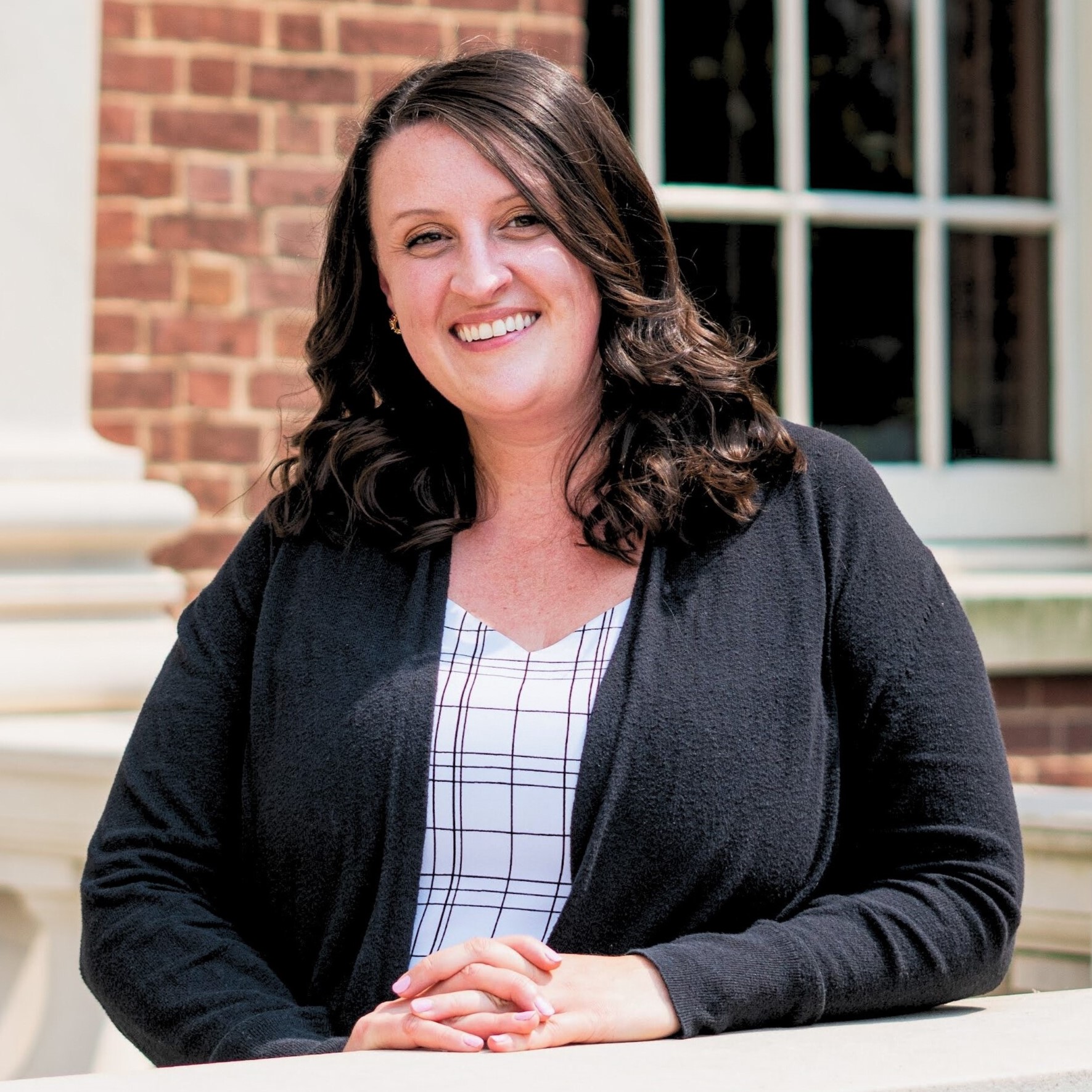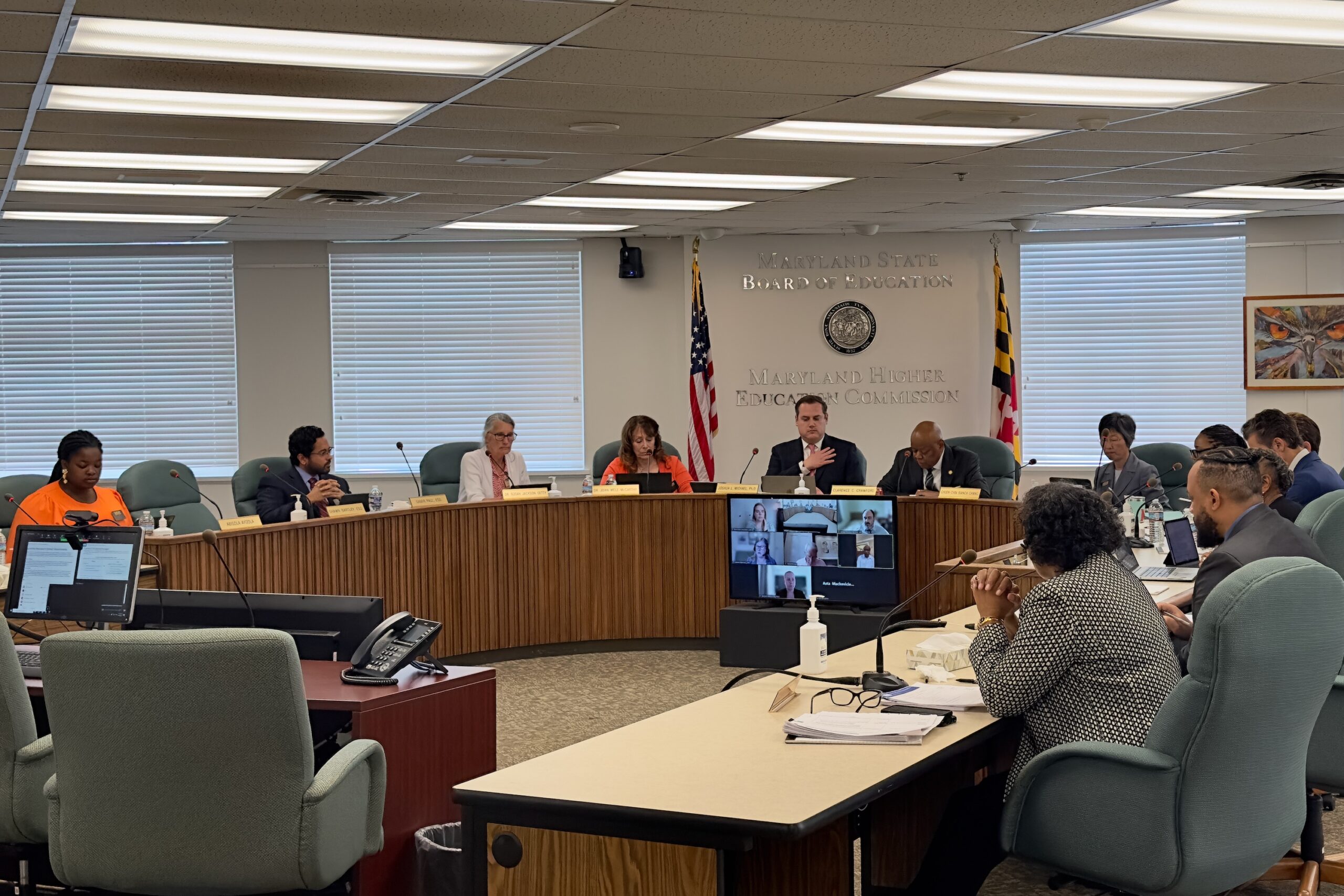State Survey Shows Distance Learning Disparities, But Hardest-Hit School Districts Aren’t Revealed
As many as 15% of students in at least one Maryland county have not participated in distance learning in any form since schools were closed down in mid-March.
That means those students have not received a printed distance learning packet or logged on to an online distance learning platform since March 16, when schools were first ordered closed to stem the spread of COVID-19, according to a survey of Maryland’s 24 local school districts conducted by the Maryland State Department of Education earlier this month.
However, most school systems reported that students are engaging with distance learning. Nineteen school districts said more than 95% of students have engaged with distance learning in some way. Three school districts reported that between 5% and 15% of students have not been reached at all. Data was unknown for two other school systems.
One school district reported that 8.5% of students haven’t been reached at all since the start of the shutdown. Another school district reported contact with 100% of its students.
Superintendent of Schools Karen B. Salmon said a lot of families have been forced to move during the COVID-19 pandemic, but the state is still actively trying to reach all students.
School systems throughout Maryland faced an abrupt shift to online and distance learning in mid-March when schools were closed, a decision that was ultimately extended to the end of the academic year.
Since then, districts have scrambled with different approaches to reaching students. Some districts have a one-to-one device policy that allows all students in certain grades to bring home digital devices, though internet connections can remain a problem. In other districts, there has been a reliance on printed packets of work for students to complete on their own.
The survey was completed partially in response to earlier questions from state board members about how students were faring throughout the state as a result of the schools closure.
The publicly released results did not identify which school districts provided which answers about distance learning success, something at least one state board member said was problematic.
David Steiner asked officials why the results were not presented by district and wondered about any correlation between student wealth and access during distance learning.
Dara Zeehandelaar Shaw, executive director of MSDE’s Office of Research and Strategic Data Use, said the district-specific data was not being provided publicly “because we didn’t tell the school systems that the data would be public.” Another reason the information could not be released, Shaw said during the meeting, is that it might not meet data suppression rules to protect student identities.
Board members received a separate report with county-level detail. Maryland Matters requested the underlying data in an email Wednesday afternoon, but education officials did not release it.
“In my view, the public has a right to know if the more impoverished districts are in a challenge situation where they’re unable to provide online instruction at close to the rates of more affluent districts, or whether that correlation doesn’t hold and some districts that are impoverished have made special efforts to overcome that with some success,” Steiner said during the meeting. “I would have thought that’s crucial information for the public to know. After all, it’s their children.”
He said he hoped the state would find a way to share more specific information publicly.
“This is, in many ways, the single most important thing we need to know right now, which is what kind of learning is possible and is taking place across the state,” Steiner said.
Even without specific district information, the survey showed some wide disparities throughout the state.
One school district responded that less than 30% of students had access to an internet connection suitable for online learning, while 13 other districts said 90% of students or more had sufficient internet connectivity. One district responded that 99% of students had adequate internet connections.
Districts with higher percentages were home to different sources of connectivity, including higher levels of home access, the creation of access points outside of schools or hot spots distributed to children, as well as free public WiFi.
When it comes to students signing on to digital learning platforms, one district saw 73% of students logging on in the week before the survey, while 99% of students in another district logged in. Some school systems weren’t able to report student sign-ons because of the way their systems were configured.
School districts were also asked what percentage of students engaged with distance learning ― meaning that the student showed activity beyond just logging into a platform. The highest percentage of engagement reported by any district was 94%.
In school systems where some students receive printed distance learning packets, at least 94% of eligible students received packets from the 14 districts that tracked that data. At least one school district reported that 100% of eligible students received printed packets.
Three school systems reported that less than 90% of students were able to show engagement with distance learning packages through uploading completed assignments or discussing them with their teachers. The lowest engagement reported was 69 percent. Four school systems reported engagement higher than 90%, with the highest engagement at 99%.




 Creative Commons Attribution
Creative Commons Attribution